SNIS210G April 2019 – November 2023 TMP61-Q1
PRODUCTION DATA
- 1
- 1 Features
- 2 Applications
- 3 Description
- 4 Device Comparison
- 5 Pin Configuration and Functions
- 6 Specifications
- 7 Detailed Description
- 8 Application and Implementation
- 9 Device and Documentation Support
- 10Revision History
- 11Mechanical, Packaging, and Orderable Information
Package Options
Mechanical Data (Package|Pins)
Thermal pad, mechanical data (Package|Pins)
Orderable Information
6.6 Typical Characteristics
at TA = 25°C, (unless otherwise noted)
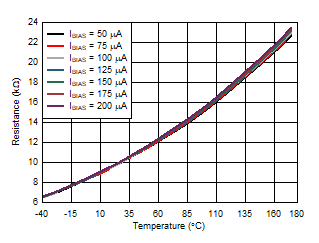 Figure 6-1 Automotive Grade 0 Resistance vs Ambient Temperature Using Multiple Bias Currents
Figure 6-1 Automotive Grade 0 Resistance vs Ambient Temperature Using Multiple Bias Currents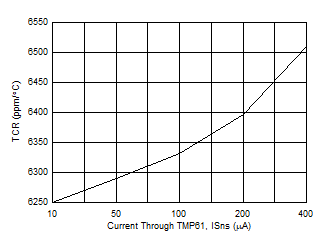 Figure 6-3 TCR vs Sense Currents (ISNS)
Figure 6-3 TCR vs Sense Currents (ISNS)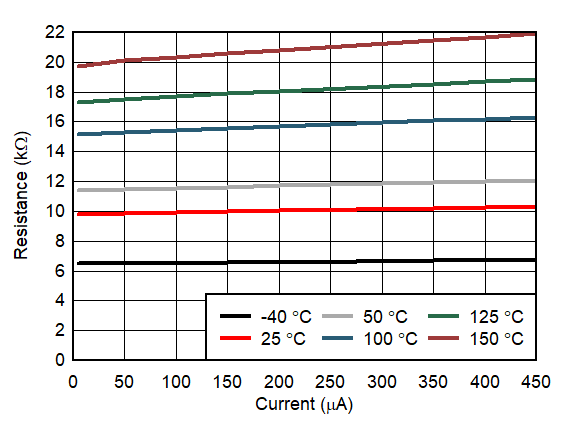
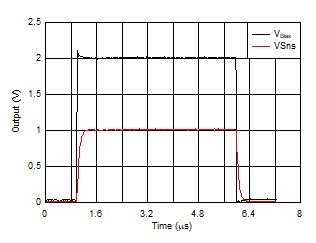
| VSNS = 1 V |
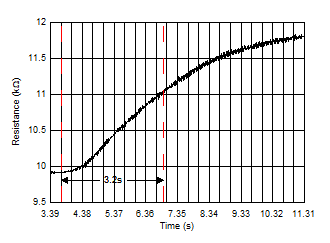
| Ambient condition: still air |
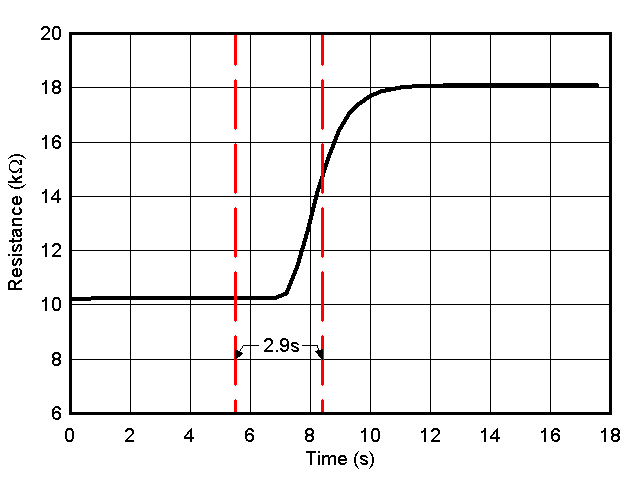
| Ambient material: stirred liquid |
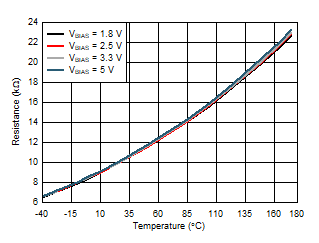
| RBIAS = 10 kΩ with ±0.01% tolerance |
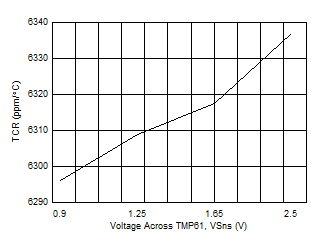
| VSns = 1.8 V, 2.5 V, 3.3 V, and 5.0 V, RBias = 10 kΩ with ±0.01% Tolerance |
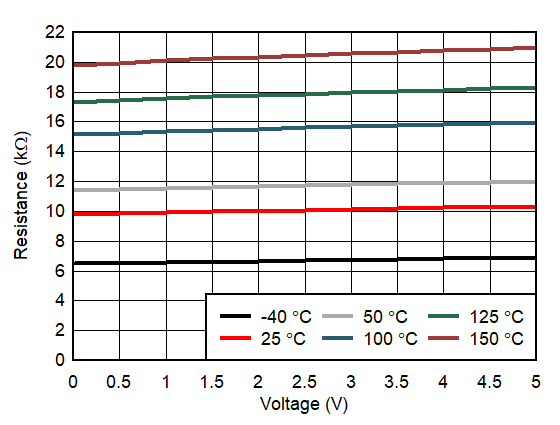
| RBias = 10 kΩ ( ±0.01% tolerance) |
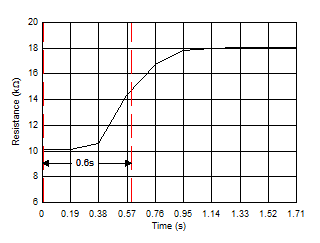
| Ambient material: stirred liquid |
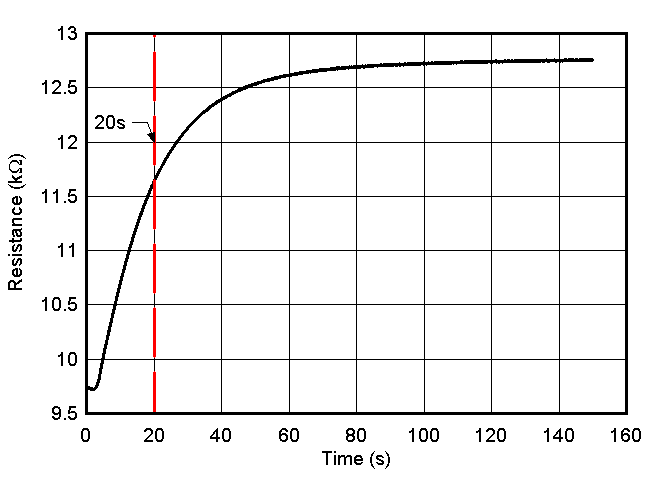
| Ambient condition: still air |